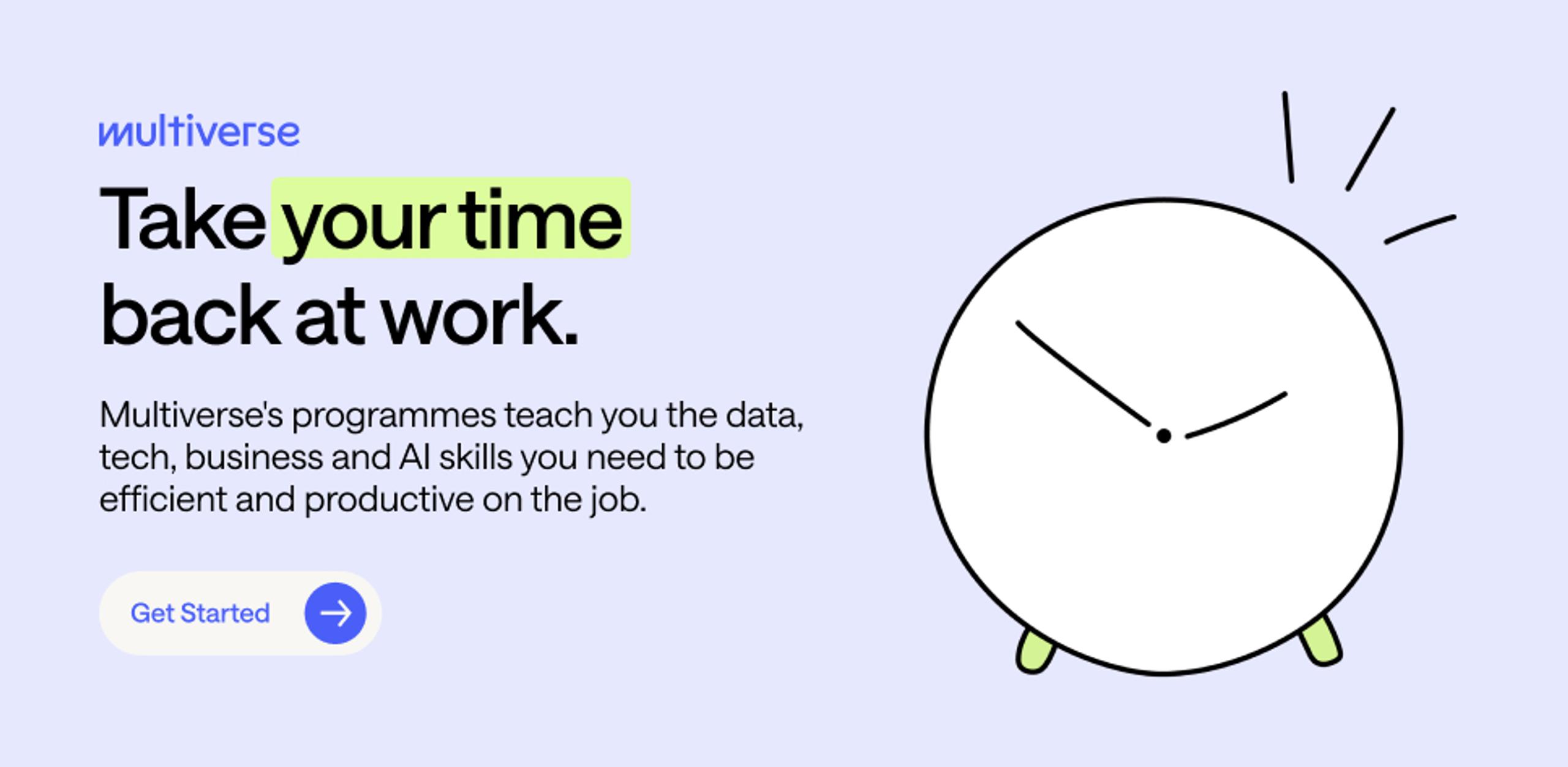One of the earliest decisions that aspiring software engineers make is whether to learn skills for front-end or back-end development. If you’re new to coding, you might be wondering: What’s the difference between front-end vs. back-end?
This article will cover the differences between front-end and back-end development and why they matter.
Front-end vs. back-end
A software program has two ends: the client-side (front-end) and the server-side (back-end). Each side runs mostly independently from the other and Software Engineers build them differently.
The back-end is the logic—executing commands or talking to a database—behind an application. When you place an item in your shopping cart, post a tweet, or make a blog post, the back-end stores and serves the data you see.
Traditionally, the front-end and back-end meet in the middle with an Application Programming Interface (API). APIs make it possible for two applications to communicate with each other and perform specific functions.
Back-end Developers usually create APIs, but Front-end Developers need to know how to work with them. The front-end uses APIs to send and receive data—like account information and shopping carts—and shows it to the user. The back-end sends data to and receives it from the user.
What is front-end development?
It also involves working with APIs to serve data from the back-end. Without this, visual elements are static, and data transfer is impossible.
What does a Front-end Developer do?
The most significant part of a Front-end Developer’s job is to create visual elements that display and function properly.
Here’s a quick list of common Front-end Developer tasks:
- Building pages with HTML
- Styling elements with CSS
- Optimizing pages for Search Engine Optimization (SEO)
- Adding images and buttons to pages
- Designing a unified UI
- Observing how users interact with the UI and improving the overall experience
- Connecting APIs to send and receive information
Front-end Developers may specialize in certain JavaScript frameworks and tools or an area of expertise like:
- Web development: Web Developers are typically Front-end Developers who focus on building responsive websites.
- UI/UX design: Developers can combine design and development expertise to create user-centered products and experiences.
- SEO development: Websites use technical SEO optimization to rank high on search engines. A Front-end Developer who specializes in SEO may adjust a site’s code or structure to improve its health and increase page ranking.
Front-end programming languages
An artist needs tools to create, and so does a developer. Programming languages are tools that Front-end Developers use to create.
Let’s dive into the most common languages a Front-end Developer will use throughout their careers:
HTML
HyperText Markup Language (HTML) is what web browsers read and translate to create visual elements on a page. HTML is the foundation of the internet, but it’s technically not a programming language. It’s a markup language that translates the code. It works hand-in-hand with other languages to give individual elements shape and function beyond building blocks.
CSS
If HTML is the building block, Cascading Style Sheets (CSS) is the paint and structure. With CSS, you can style HTML elements by adding color, changing the font, or adjusting where an element appears on a page. CSS is powerful in the right hands but it’s also not considered a programming language.
JavaScript
JavaScript (JS), HTML, and CSS work together to create a functioning, interactive website. When you click a button and the color changes, sign in to an account or send files to your friends, you’re using JavaScript. With JS, users can interact with a page, and web pages can collect, send, and receive data and more.
In addition to HTML, CSS, and JavaScript, front-end developers may also learn TypeScript. Microsoft created TypeScript to improve JavaScript. It’s more complex than JS but also easier to clean up, maintain, and debug.
Other tools and frameworks
To become a Front-end Developer, you’ll need to know more than languages like HTML, CSS, and JavaScript.
Developers commonly rely on frameworks and libraries to make the development process more efficient.
Here are some popular frameworks and libraries for front-end development:
- jQuery: Web Developers often use jQuery to make it easier to find HTML elements and simplify the coding process.
- React: Facebook created React as a JavaScript library to help with building UI components.
- Vue: Another popular JS-based web framework.
- Angular: Google created this popular framework for TypeScript.
What is back-end development?
Visual bits of HTML and CSS make a webpage look nice. But, how do you complete a purchase or save your information for a speedy checkout next time? How does the website know which page to load or what data should appear?
In our house analogy, the back-end is the electrical, plumbing, and other items that are often out of sight, but instrumental to a house.
Back-end development facilitates the transfer and storing of data and runs complex functions. When you make an online purchase, the back-end takes that data and sends it to the retailer to ship your item. The back-end of social media platforms stores your posts, comments, and likes.
What does a Back-end Developer do?
A Back-end Developer is like an electrician in your house. Webpages (rooms), won’t do much until a Back-end Developer hooks everything up.
Back-end developers take a static site or application and create functions that perform specific actions.
Common back-end developer tasks include:
- Planning and shaping the overall architecture of an application
- Creating APIs to handle data and serve it to the front-end or other applications
- Handling, transforming, and using data from an API
- Scaling an application to handle large influxes of data
- Creating, structuring, and maintaining databases
- Handling security functions, including user authentication
Back-end programming languages
Back-End developers have many tools and programming languages at their disposal. JavaScript is also included here because it can power both ends thanks to Node.js. It’s an environment that allows developers to use JavaScript for back-end development.
Python
Python is a flexible programming language with a wide array of uses. Back-end developers can use it as a scripting language for handling data and functions or the entire back-end. Python also powers some machine learning and artificial intelligence applications, so it’s one of the best languages to learn.
Java
Java is another back-end language. A developer must compile Java to run it properly. Once a developer writes the code, another program “translates” it into a language the computer understands. Because of this, Java is cross-platform, so you can write it once and run it on various platforms, from Android to web applications.
Ruby
Like Python, Ruby is an easy-to-use and flexible language with a wide variety of applications. Ruby developers use the language with Ruby on Rails, a powerful web framework to build web applications.
PHP
Another popular language, PHP actually runs almost 77% of the internet(opens new window). This is mainly due to WordPress, an incredibly popular website builder that front-end and back-end developers use. By itself, PHP is relatively uncommon in most modern applications.
SQL
Back-end developers often learn SQL, Structured Query Language (SQL), the language of databases. It’s not a programming language, but many back-end developers work with data. Knowing SQL makes working with data easier and can prepare you for a back-end career in data engineering.
Other back-end frameworks and tools
Back-end developers have a pretty large toolbox, with many frameworks, libraries, and other platforms available. Here are some back-end development tools:
- MongoDB: The most popular option for no-SQL databases.
- Cloud services: Solutions like Microsoft Azure, Amazon Web Services, and Google Cloud.
- Docker: Several companies use containerized services made with Docker for developer environments.
Front-end vs. back-end vs. full stack
Now that we’ve covered each end, there’s one more type of developer you should know. Full-stack Developers are the “jack of all trades” of the development world, covering both the front-end and back-end of an application.
Because Full-stack Developers work on both ends, they cover a broad range of needs. In most cases, Full-stack Developers will familiarize themselves with a particular area of expertise, such as database administration or UI/UX. That way, they’re able to be more of a ‘T-shaped’ developer, covering both equally without being too generalist.
While Full-stack Developers are in high demand, they don’t always have the deep expertise in certain tools.
Which type of development is right for you?
If you’re considering front-end vs. back-end vs. full-stack development, here’s a breakdown:
- Front-end is design-oriented. Those who are great with graphic design or like the artistic process alongside development will fare well as a front-end dev.
- Back-end is logic-based. It requires a lot of problem-solving. Back-end developers need to know how an application runs and how to identify and fix glitches.
- Full Stack is a mix of both. You’ll need a keen mind for problem-solving and an eye for design.
Software engineering skills — front-end and back-end — are in high demand.
While there are two main “sides” to an application, they also feature a ton of nuances within them. Front-end Developers create what users see and interact with on a web page or application. Back-end Developers make the application run.
Each of these roles is equally important, but the skills you need to learn differ.






